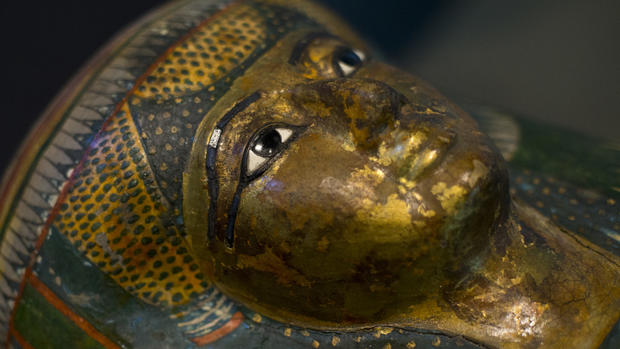2,000-year-old coin collection unearthed in Israel
A hidden hoard of silver coins buried more than 2,000 years ago was recently discovered tucked inside a rock crevice, during an excavation in Modi'in, Israel, southeast of Tel Aviv.
The Israeli Antiquities Authority (IAA) described the cache of 16 coins in a statement released June 7, dating them to 126 B.C. The site where the coins were found is thought to be an ancient agricultural estate that belonged to a Jewish family.
Called shekels and half-shekels, the coins in the remarkable collection appeared to have been deliberately selected, with each of the nine consecutive years between 135 B.C. and 126 B.C. represented by one or two coins, Donald Tzvi Ariel, head of the Coin Department at the IAA, said in the statement. [Cache of Ancient Silver Coins Found in Israel (Photos)]
"It seems that some thought went into collecting the coins, and it is possible that the person who buried the cache was a coin collector," Ariel suggested. "He acted in just the same way as stamp and coin collectors manage collections today."
The 16 shekels and half-shekels were stamped with the images of King Antiochus VII and his brother Demetrius II, and were minted in the Phoenician port city of Tyre, according to Avraham Tendler, director of the excavation on behalf of the IAA.
However, Tendler proposed that the coins may have been hoarded and hidden purely for their face value, rather than their collectability.
"The cache that we found is compelling evidence that one of the members of the estate who had saved his income for months needed to leave the house for some unknown reason," Tendler said in the statement. "He buried his money in the hope of coming back and collecting it, but was apparently unfortunate and never returned." [Excavation Finds Silver Coins From Over 2000 Years Ago | Video]
Rebel, rebel
Other evidence found at the site hinted that the estate's inhabitants took part in the first Jewish rebellion against the Romans in A.D. 66, Tendler said. The coins that they found from this period were stamped with messages that showed support of the revolt: the slogan "Freedom of Zion" and "Year Two" to mark the rebellion's second year.
Tendler said that the archaeologists found that rooms close to the outer wall of the building had been fortified with stone blocks, and a network of secret refuges were dug into the bedrock under the estate house floors.
"These refuge complexes were connected by means of tunnels between water cisterns, storage pits and hidden rooms," Tendler said in the statement. "In one of the adjacent excavation areas a miqwe (a ritual bath; also spelled mikvah) of impressive beauty was exposed; when we excavated deeper in the bath we discovered an opening inside it that led to an extensive hiding refuge." Inside were artifacts dated to the later uprising, led by Simon bar Kokhba in A.D. 132.
"It seems that local residents did not give up hope of gaining their independence from Rome, and they were well-prepared to fight the enemy during the Bar Kokhba uprising," Tendler said.
Though the dig site is designated for the construction of a new residential neighborhood, an archeological park will house the remains of the ancient estate and its artifacts, the IAA said.
Original article on Live Science.
